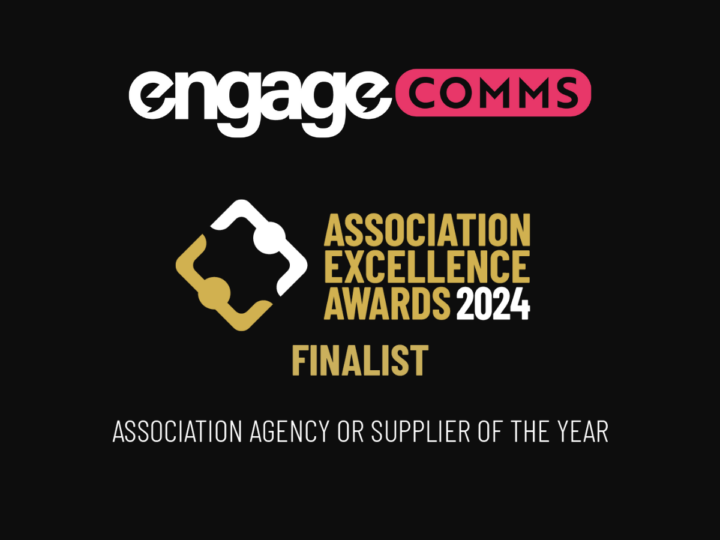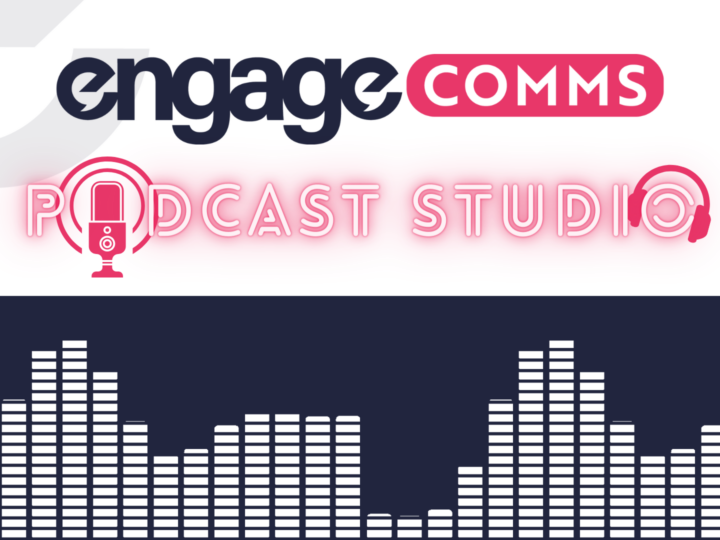According to content marketing expert Joe Pulizzi in this recent blog 10 Content Marketing Roles for the Next 10 Years, “our marketing departments are too dated to keep us competitive over the next decade”. Sounds harsh but in our role as content and employer branding experts we couldn’t agree more. As we work with clients to ensure that their marketing strategies and teams are future fit, we are increasingly finding that the traditional marketing roles that once were can be a huge barrier to achieving business success in 2016.
In his article Pulizzi lists 10 marketing roles of the future and explains why they are so important in the quest to stay competitive: “While there is no perfect structure for a marketing organisation, it’s apparent that marketing departments are transforming themselves into publishing organisations. And with that transformation comes a shift in the key business roles that marketers must now fill.”

As an outsourced marketing consultancy we often work directly with in-house marketing teams from large organisations to a single marketing manager within a smaller business, many of which are already switched on to the important role that content creation now plays in marketing strategy and implementation. Their greatest challenge when it comes to transforming into a publisher is both time and skill, which can often be lacking in the in-house team. They also struggle to do this alone without a fresh perspective from outside the organisation that helps to keep content truly customer-responsive.
The fact that Pulizzi identifies 10 marketing roles doesn’t mean you need a huge marketing team of at least ten people to make it work; it’s the competencies within each role that are important along with the alignment with a clear overall strategy. These skills gaps may be filled by a blend of internal and external resource that will give you the greatest return on investment. Here’s our three favourite roles from the list of ten, along with tips for making them work within your business:
-
Chief listening officer
Pulizzi says: “The CLO functions as the air-traffic controller for social media and your other content channels. This person should listen to the groups, maintain the conversation, and route (and/or notify) the appropriate team members who can engage in appropriate conversations (customer service, sales, marketing, etc.). This feedback mechanism is critical to your content actually making a difference for your customers. The CLO also needs to keep tabs on how the content is performing on owned media sites (like a blog), and get that intelligence back to the CCO and managing editor”
Spending a whole load of time and energy on producing carefully crafted content that targets your audiences in the right place and right time is all well and good but it’s not likely to make it back to the wider business if you don’t have a person within your team taking on this ‘listening’ role. Understanding your audiences, tracking the agenda and tailoring content to suit is something the modern day marketer is adept at doing but sometimes this can all get a bit lost in translation when it comes to monitoring and reporting back the impact that it’s had. Often we work with clients who have never even looked at their analytics and have no idea what traffic something like their blog is generating for example. They might be putting content out there but have no real feel for whether its engaging their target audiences, which fuels the idea of marketing activity being seen as a ‘nice to have’ as opposed to a vital and important business function.
2. HR marketing
Pulizzi adds: “As every employee and stakeholder becomes a more integral part of the marketing process, it is increasingly necessary for marketing to work closely with human resources to make sure that employees understand their roles in the marketing process and to help your organization leverage your employee audiences without creating conflicts or confusion. Marketing and HR begin to heavily overlap as employee performance becomes increasingly tied to marketing (i.e., in the form of content performance).”
It’s safe to say we bang this drum a lot at Engage Comms. HR and marketing need to be more aligned for so many reasons. Along with those outlined above there is also the benefits to your ‘employer brand’. Businesses who see their customers and employees as the same totally get this concept. Attracting the right talent into your business cannot be done by the HR team alone just as attracting new customers isn’t the sole responsibility of the marketing team. Both require an integrated approach across the business and this is what Pulizzi is getting at with this one. Whoever the person is within your business responsible for recruiting the right people needs to understand what content can be used and created to help them do that and needs to feed back to your content creator when this has worked, making the whole recruitment process work harder.
3. ROO (Return-on-objective) chief
Pulizzi says: “This person is responsible for ensuring an ongoing return on marketing objectives and communicating why your business is developing content assets in the first place. Do you have an analytics person in your organisation? If so, give that individual a raise and make sure he or she understands the core objectives behind your content marketing. The person in this role is the CCO’s best friend. Yes, we are selling products and services, but the way in which we do that is changing faster than we ever anticipated. This means focusing on content as an asset, which, in turn, means that our marketing departments will continue to evolve. Putting the above roles in place now will help make sure the rest of your enterprise is prepared to evolve right along with them”.
In a recent blog from our director Helen Gill entitled ‘3 long term business benefits of content marketing you might not have considered’ we explained this idea: “Content marketing, done properly, should go much further than increasing sales and customer lifetime value. Over the long term, it should aim to build brand equity, making your business more attractive to collaborators, referrers, investors and buyers. High quality content is more than a ‘nice to have’, it’s a sellable asset”. If you do take Pulizzi’s advice and promote your analytics person it’s so important that they don’t just focus on the numbers but have the objectives of the business as the heart of what success looks like.
If you are looking for support in optimising your marketing strategy and or team structure to make it fit for the future, please get in touch, we’d love to help.



